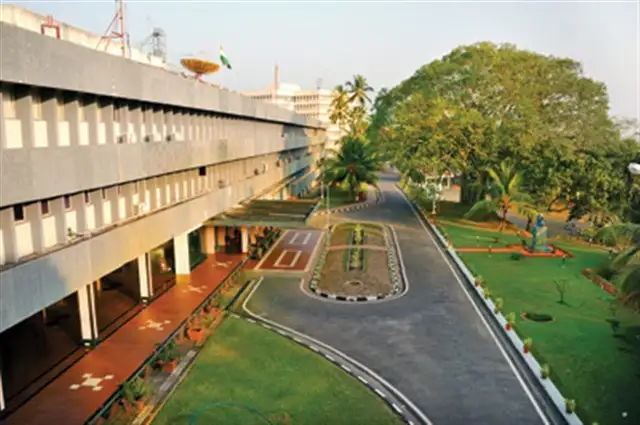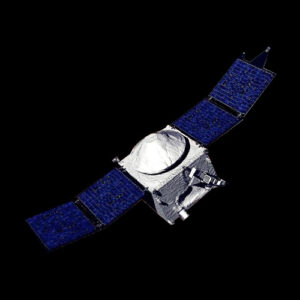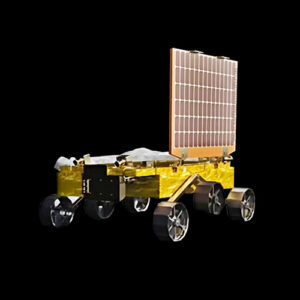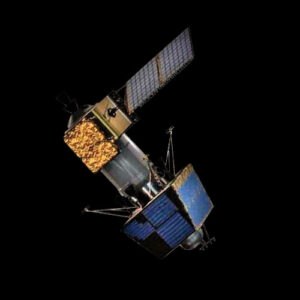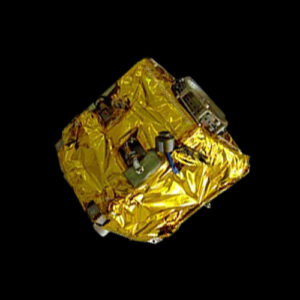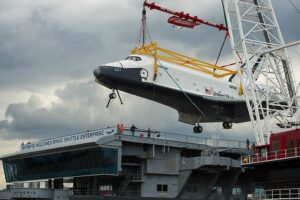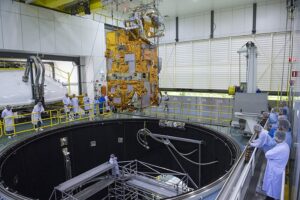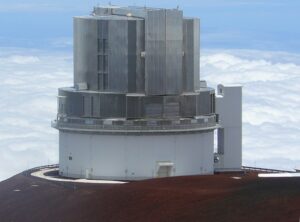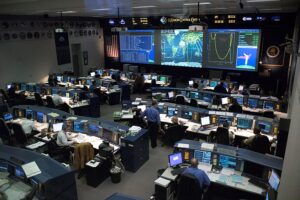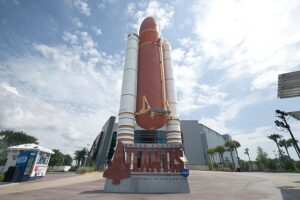The Vikram Sarabhai Space Centre (VSSC), located in Thiruvananthapuram, Kerala, India, is a premier facility of the Indian Space Research Organisation (ISRO).
Named after Dr. Vikram Sarabhai, the founder of the Indian space program, VSSC is dedicated to the development of satellite launch vehicles and associated technologies. Its primary objectives include advancing India’s capabilities in space exploration, developing innovative space technologies, and supporting various scientific and commercial missions.
VSSC has been instrumental in achieving significant milestones for India’s space program, including the successful development of the Polar Satellite Launch Vehicle (PSLV) and the Geosynchronous Satellite Launch Vehicle (GSLV), which have placed numerous satellites into orbit for both national and international clients.
History and Evolution
The Vikram Sarabhai Space Centre was established in 1962, initially known as the Thumba Equatorial Rocket Launching Station (TERLS). The location was chosen due to its proximity to the magnetic equator, which is ideal for launching sounding rockets. Under the guidance of Dr. Vikram Sarabhai, the facility quickly grew into a major research and development hub for space technology in India.
During its early years, VSSC focused on the development and testing of sounding rockets, which provided valuable data for atmospheric and space research. The success of these early projects laid the foundation for more ambitious endeavors. In the 1970s, VSSC began developing India’s first satellite launch vehicle, the Satellite Launch Vehicle (SLV), which successfully launched the Rohini satellite into orbit in 1980.
Building on this success, VSSC developed the Augmented Satellite Launch Vehicle (ASLV) in the 1980s, which aimed to increase payload capacity and reliability. Although the ASLV faced initial challenges, the experience gained was crucial for the development of more advanced launch vehicles.
The 1990s marked a significant turning point for VSSC with the development of the Polar Satellite Launch Vehicle (PSLV). The PSLV’s maiden flight in 1993 was a success, and it has since become the workhorse of India’s space program, known for its reliability and versatility. The PSLV has launched numerous satellites into various orbits, including the Mars Orbiter Mission (Mangalyaan) in 2013, which made India the first Asian country to reach Mars orbit and the fourth space agency to do so globally.
VSSC continued its advancements with the development of the Geosynchronous Satellite Launch Vehicle (GSLV) series, capable of placing heavier payloads into geostationary orbits. The successful launch of the GSLV Mk III in 2014 marked another milestone, showcasing India’s capability to deploy heavier satellites and enabling future manned missions.
Technological innovations at VSSC include advancements in propulsion systems, composite materials, and avionics, ensuring India’s competitiveness in the global space industry. The centre has also focused on developing indigenous technologies, reducing dependency on foreign suppliers and enhancing self-reliance.
Related Spacecraft
Here are some of the remarkable vehicles launched from this location:
Infrastructure and Facilities
The Vikram Sarabhai Space Centre boasts a wide range of advanced facilities to support its research, development, and launch activities:
- Launch Vehicle Assembly Buildings: Facilities for assembling and integrating various components of satellite launch vehicles.
- Propellant Processing Complex: Used for manufacturing and processing solid and liquid propellants.
- Vehicle Integration and Test Facilities: Areas where launch vehicles are integrated with payloads and undergo comprehensive testing.
- Composite Fabrication Facilities: For developing advanced composite materials used in the construction of launch vehicles.
- Environmental Test Facilities: Include thermal vacuum chambers, vibration tables, and acoustic test chambers to simulate space conditions and ensure the durability of spacecraft and components.
- Research and Development Laboratories: Equipped for cutting-edge research in propulsion, avionics, materials science, and other key areas.
- Mission Control Center: Monitors and manages launch operations and satellite deployments.
